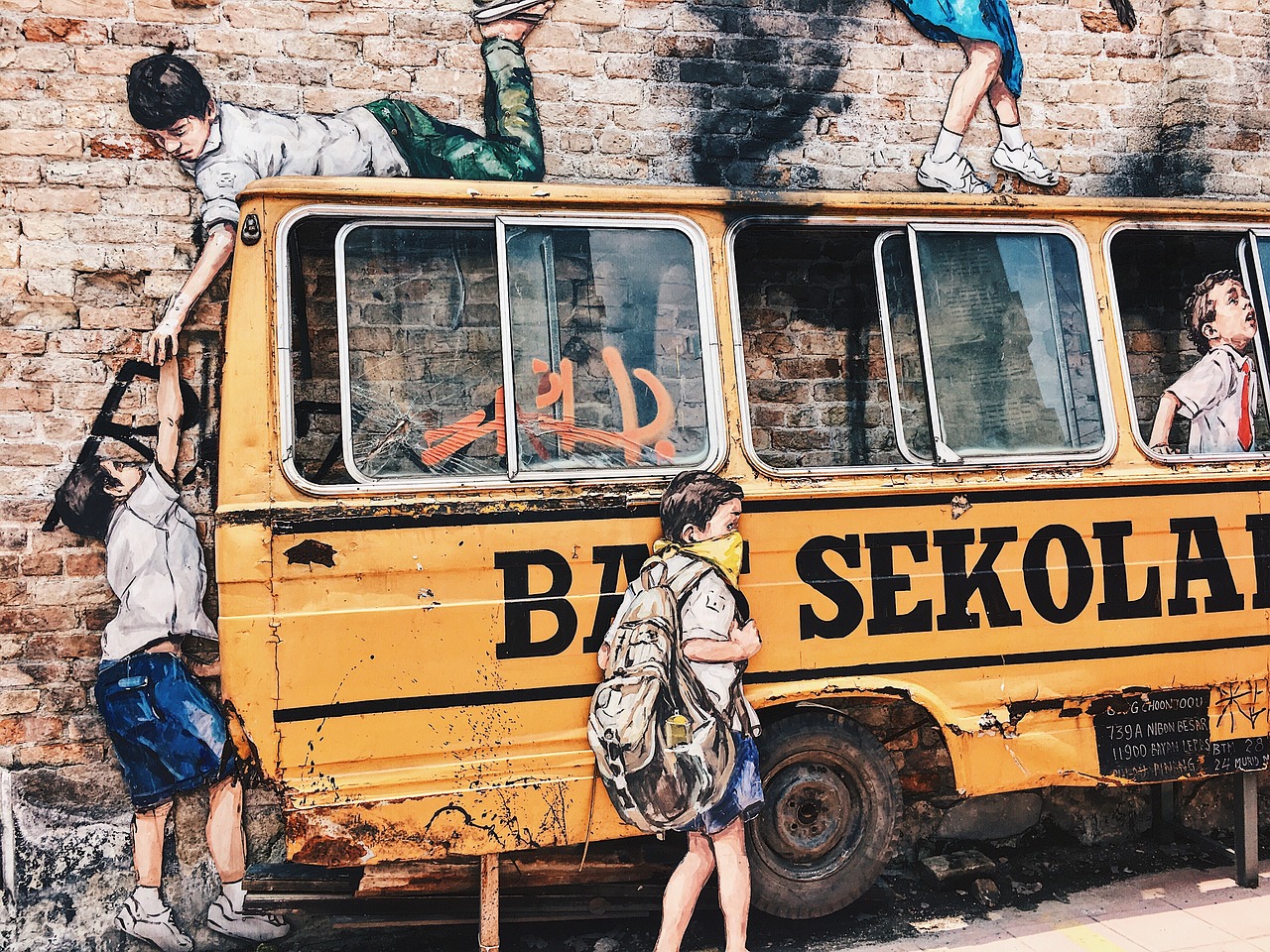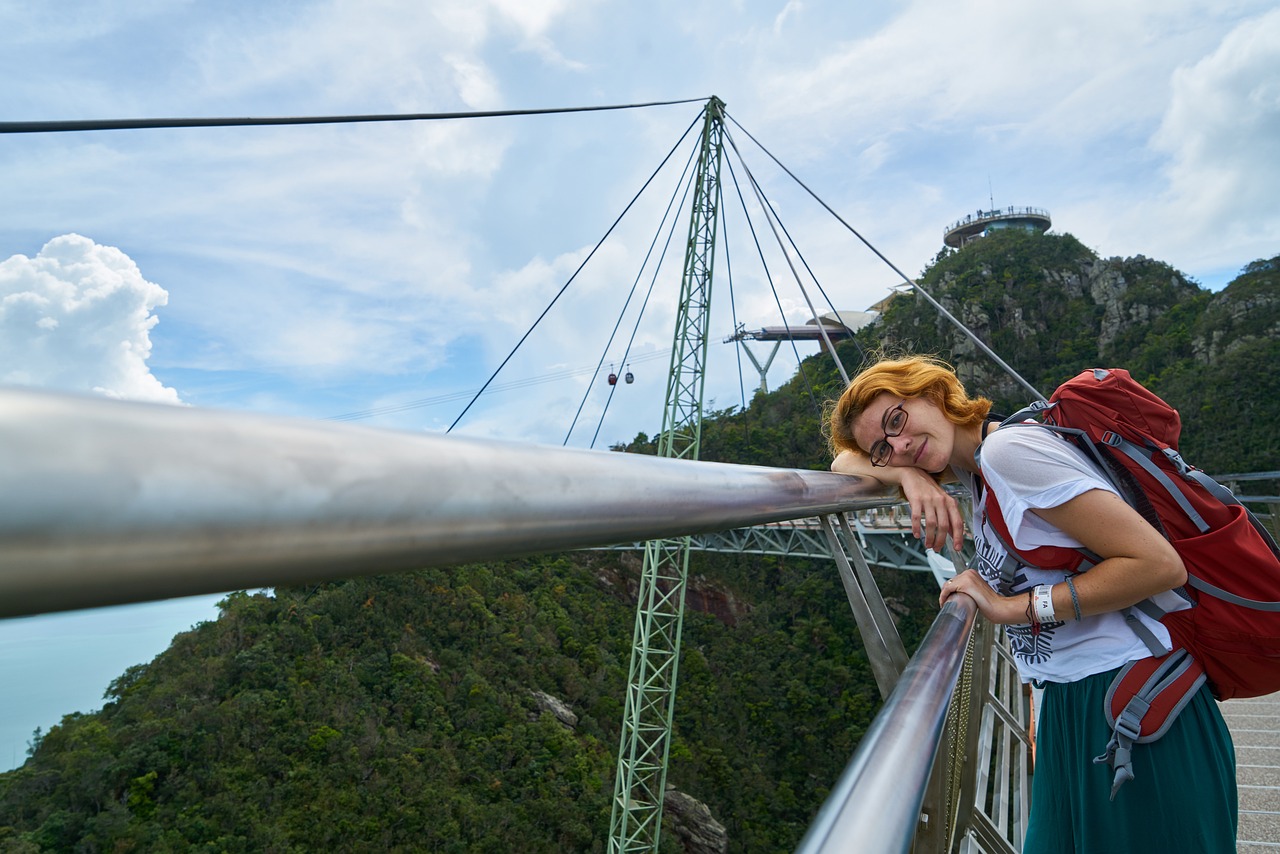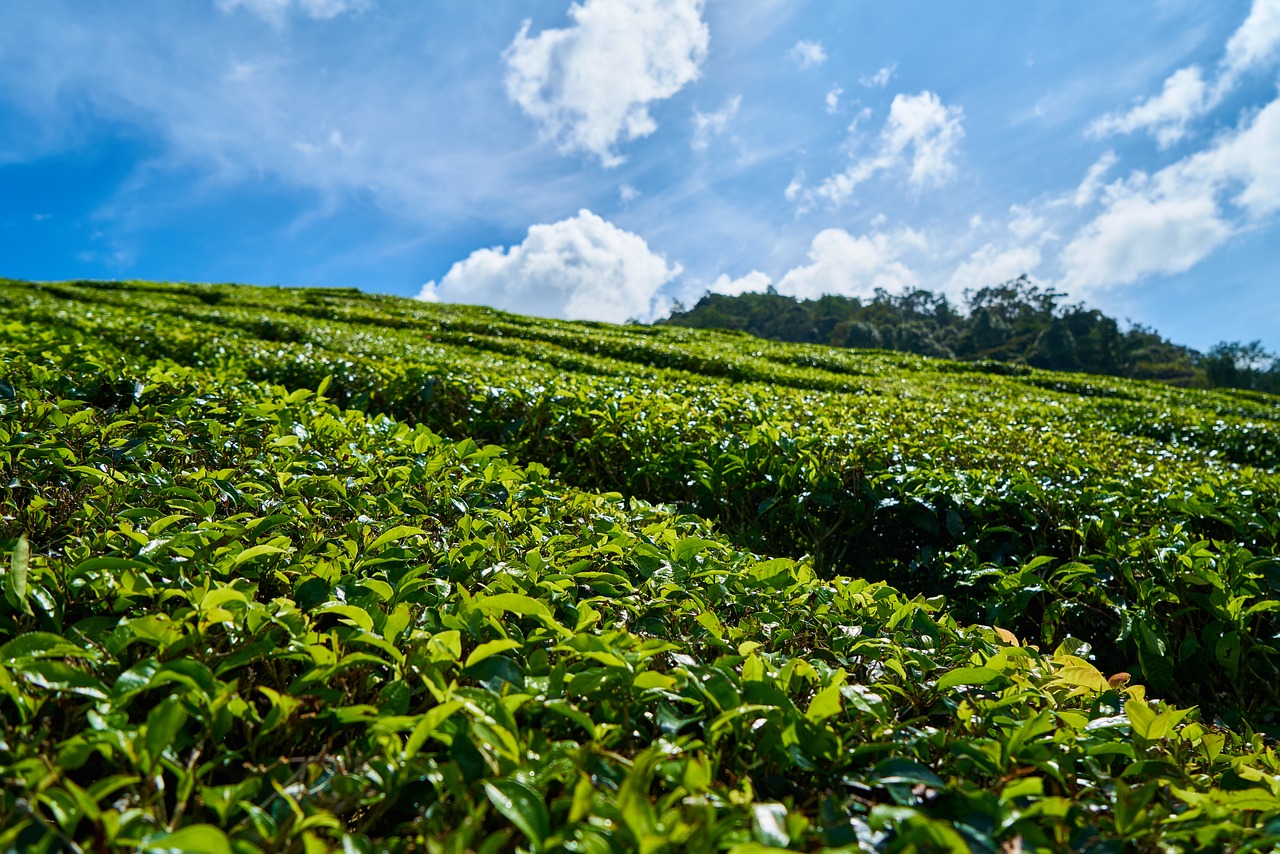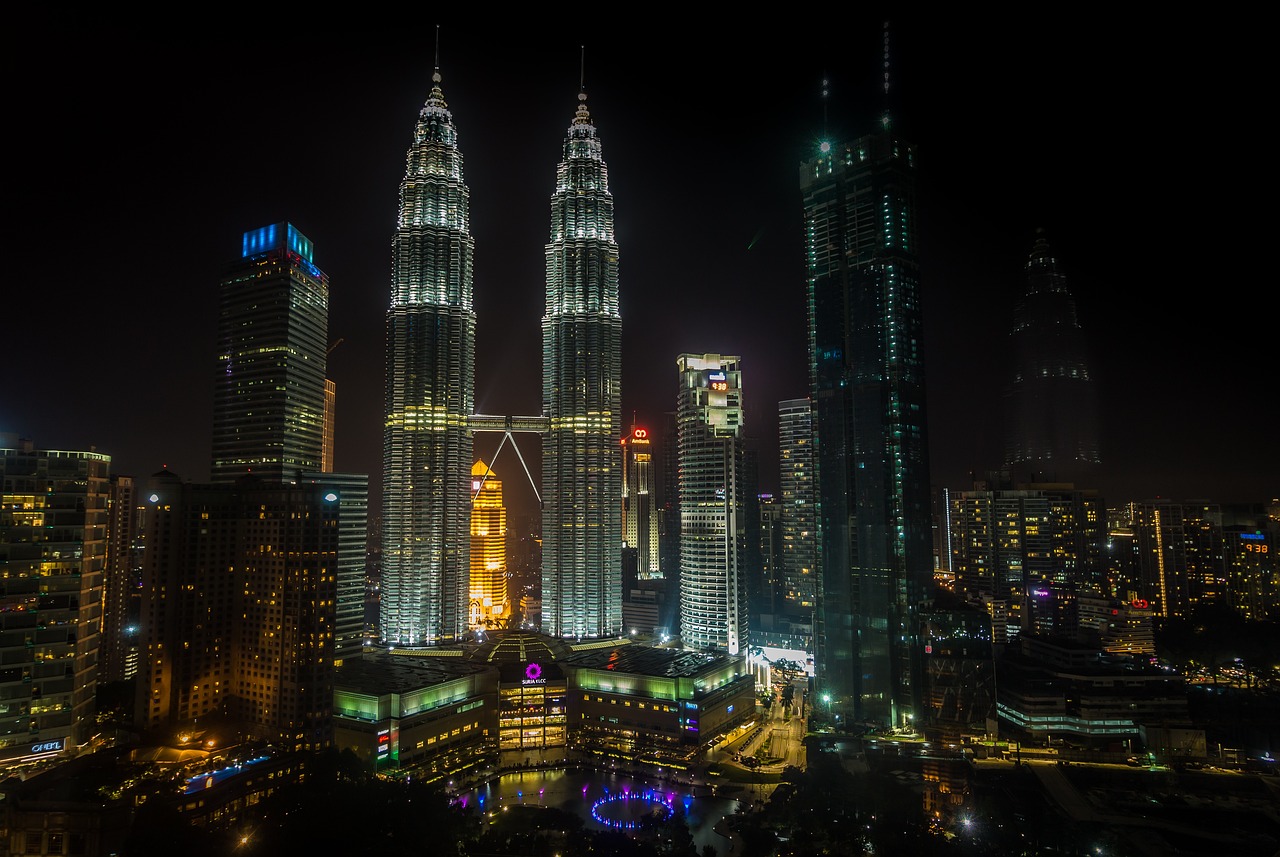Malaysia Video
Local Celebrations and Holidays: What to Expect in Malaysia
Malaysia, a vibrant and diverse country in Southeast Asia, is known for its rich cultural heritage and numerous celebrations and holidays throughout the year. From religious festivals to national holidays, the Malaysian calendar is filled with colorful events that showcase the country’s traditions, customs, and unity. In this article, we will explore some of the most prominent local celebrations and holidays in Malaysia and provide insights into what you can expect when visiting the country during these festive periods.
Hari Raya Aidilfitri
Hari Raya Aidilfitri, also known as Eid al-Fitr, is one of the most important religious festivals celebrated by Muslims in Malaysia. It marks the end of Ramadan, the holy month of fasting. During this joyous occasion, Muslims gather for special prayers at mosques and visit family and friends to seek forgiveness and exchange greetings.
- Open Houses: Malaysians, regardless of their religious background, often open their homes to friends, neighbors, and even strangers during Hari Raya. These open houses are an opportunity for people to come together, enjoy delicious traditional food, and foster a spirit of unity and harmony.
- Traditional Cuisine: Traditional Malay dishes such as rendang, ketupat, and lemang are prepared in abundance during Hari Raya. Visitors can indulge in these mouthwatering delicacies and experience the unique flavors of Malaysian cuisine.
- Traditional Attire: Malaysians dress up in traditional attire, with women wearing colorful baju kurung or baju kebaya, and men donning baju Melayu. This adds to the festive atmosphere and showcases the cultural diversity of the country.
- Decorations: Homes and streets are adorned with beautiful lights, decorative items, and intricate patterns known as kolam. These decorations create a festive ambiance and add to the celebratory spirit of Hari Raya.
Chinese New Year
Chinese New Year, also known as the Spring Festival, is a significant celebration for the Chinese community in Malaysia. It is based on the lunar calendar and falls between January and February each year. This vibrant festival is marked by various customs and traditions that symbolize prosperity, good fortune, and the coming of spring.
- Reunion Dinners: Chinese families gather for a sumptuous reunion dinner on the eve of Chinese New Year. This meal is considered a time for family bonding and is often accompanied by the exchange of red envelopes containing money, symbolizing good luck.
- Dragon and Lion Dances: Streets come alive with the rhythmic beats of drums and the vibrant colors of dragon and lion dances. These performances are believed to ward off evil spirits and bring good luck and prosperity for the year ahead.
- Fireworks and Lanterns: Fireworks light up the sky during Chinese New Year, creating a spectacular display of colors. Lanterns are also a common sight, symbolizing the wish for a bright and prosperous future.
- Street Markets: Festive bazaars known as “pasar malam” offer a variety of traditional snacks, decorations, and clothing. Visitors can immerse themselves in the lively atmosphere, sample delicious treats, and purchase unique souvenirs.
Deepavali
Deepavali, also known as Diwali, is the Hindu Festival of Lights celebrated by the Indian community in Malaysia. It signifies the victory of light over darkness and good over evil. Deepavali is a time for family gatherings, feasting, and the exchange of gifts.
- Oil Lamps and Fireworks: Homes are illuminated with oil lamps called diyas, symbolizing the triumph of light over darkness. Fireworks light up the night sky, creating a breathtaking display that adds to the celebratory atmosphere.
- Kolam and Rangoli: Intricate patterns made from colored rice flour, known as kolam in South India and rangoli in North India, decorate the entrance of homes. These vibrant designs are believed to bring good luck and prosperity.
- Sweet Treats: Deepavali is synonymous with delicious Indian sweets such as murukku, laddu, and gulab jamun. These delectable treats are shared among family and friends, adding to the festive spirit.
- Open Houses: Malaysians of all backgrounds are invited to Indian households during Deepavali. Visitors can experience the warm hospitality, partake in traditional Indian meals, and witness cultural performances.
Malaysia Image 1:

Hari Merdeka
Hari Merdeka, or Independence Day, is celebrated on August 31st each year to commemorate Malaysia’s independence from British colonial rule in 1957. It is a national holiday filled with patriotic fervor and unity.
- Parades and Processions: Colorful parades and processions take place across the country, featuring cultural performances, marching bands, and floats. These events showcase Malaysia’s diverse heritage and national pride.
- Fireworks Displays: Fireworks light up the night sky, creating a dazzling spectacle that symbolizes the spirit of independence and freedom.
- Sports and Cultural Events: Various sports competitions, cultural shows, and exhibitions are organized to commemorate Hari Merdeka. These events promote unity and foster a sense of national identity.
- Flag-Waving and Decorations: Malaysians proudly display the national flag, known as the Jalur Gemilang, on their homes, cars, and public buildings. Streets are adorned with patriotic decorations, creating a festive ambiance.
Malaysia Image 2:

Thaipusam
Thaipusam is a Hindu festival celebrated by the Tamil community in Malaysia. It commemorates the victory of Lord Murugan over evil forces and is characterized by elaborate processions and acts of devotion.
- Piercings and Kavadi Attam: Devotees fulfill vows by carrying kavadi, ornate structures adorned with peacock feathers and flowers, on their shoulders. Some devotees also undergo body piercings, demonstrating their faith and endurance.
- Processions to Batu Caves: The highlight of Thaipusam is the procession to the Batu Caves, a limestone hill temple near Kuala Lumpur. Devotees climb the 272 steps leading to the temple, carrying their kavadi and offering prayers.
- Chariot Procession: A grand chariot carrying the statue of Lord Murugan is pulled by devotees, accompanied by music and chanting. This procession attracts thousands of spectators who come to witness the spectacle.
- Devotional Music and Dance: Traditional Tamil music and dance performances add to the festive atmosphere during Thaipusam. These cultural expressions showcase the rich heritage of the Tamil community in Malaysia.
Malaysia Image 3:

Conclusion
Malaysia’s local celebrations and holidays offer a unique opportunity to experience the country’s diverse cultural tapestry. Whether it’s the joyous festivities of Hari Raya Aidilfitri, the vibrant colors of Chinese New Year, the mesmerizing lights of Deepavali, the patriotic spirit of Hari Merdeka, or the devotion of Thaipusam, each celebration showcases the rich traditions and unity of Malaysia’s multicultural society. By immersing yourself in these celebrations, you can gain a deeper appreciation for the country’s heritage and create unforgettable memories.
References
- malaysia.travel
- timeout.com/kuala-lumpur
- wikipedia.org
- theculturetrip.com
- visit-malaysia.com


